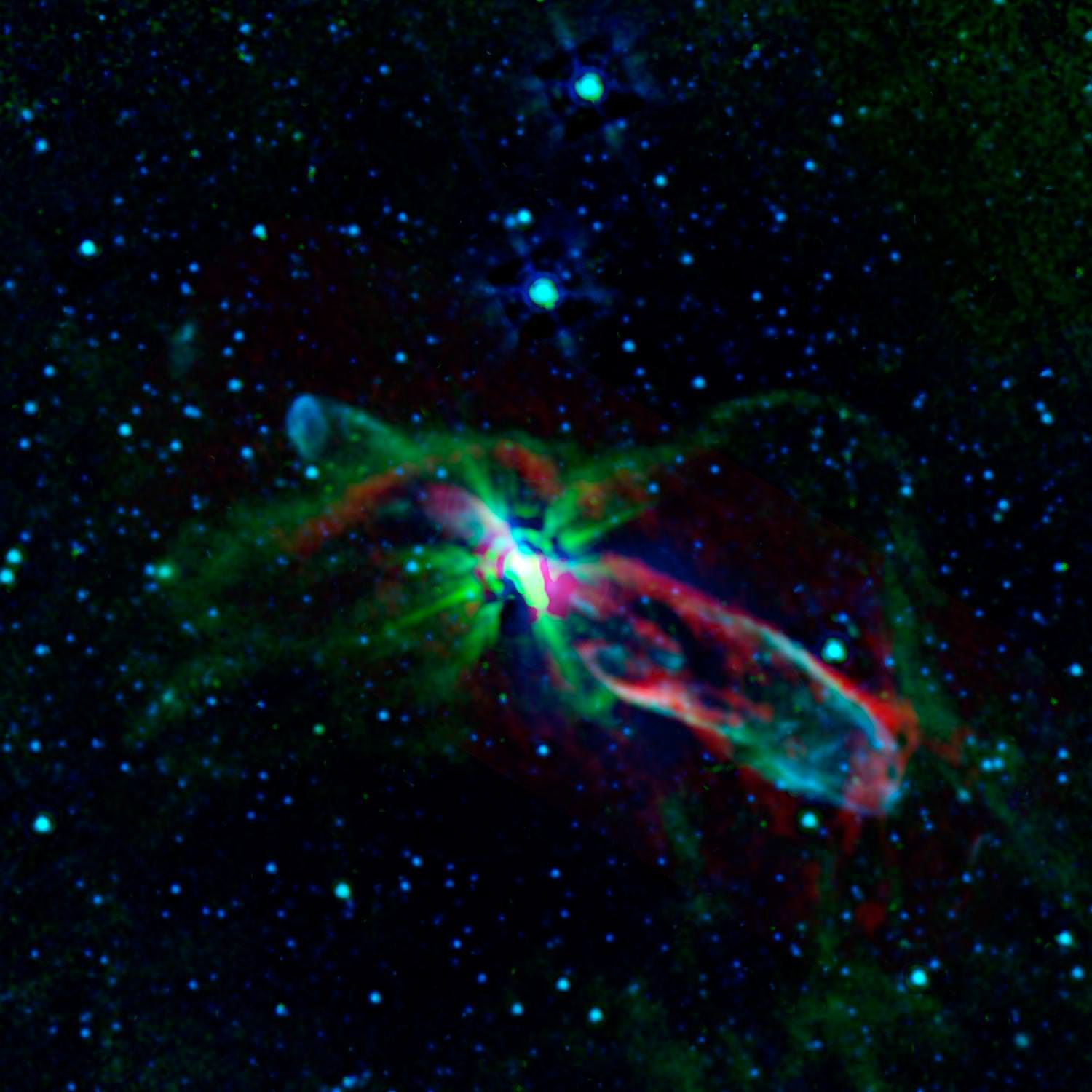The ALMA telescope located high in the Chilean Andes made its first measurements on Tuesday using just two of the eventual 66 antennas that will comprise the array. The Atacama Large Millimeter/submillimeter Array took interferometric measurements of radio signals, or "fringes," from a distant quasar (3C454.3) at sub-millimeter wavelengths. Astronomers said the data from the two 12-meter antennas provided unprecedented sensitivity and resolution, and observations at a wavelength of less than 1mm showed ALMA was now truly a "submillimeter" as well as millimeter-wave telescope.
ALMA is the largest, most ambitious ground-based observatory ever created, with completion slated for 2012. When all 66 antennas are working in synch, researchers believe ALMA will revolutionize the way we see the universe, probing deep into some of the first galaxies to form after the Big Bang and observing planets in mid-formation around young stars.
Interferometry involves linking together arrays of smaller telescopes to make measurements of an object. Sophisticated electronic systems will correlating the signals.
The next step in the process will be the addition of a third antenna which will allow the Alma team to obtain "phase closure." This is an important capability which requires at least three antennas to cancel out errors in the "phase" of the signals caused by the instruments themselves and by the Earth's atmosphere.
Here's a video overview of ALMA:
Source:
BBC
 Universe Today
Universe Today
